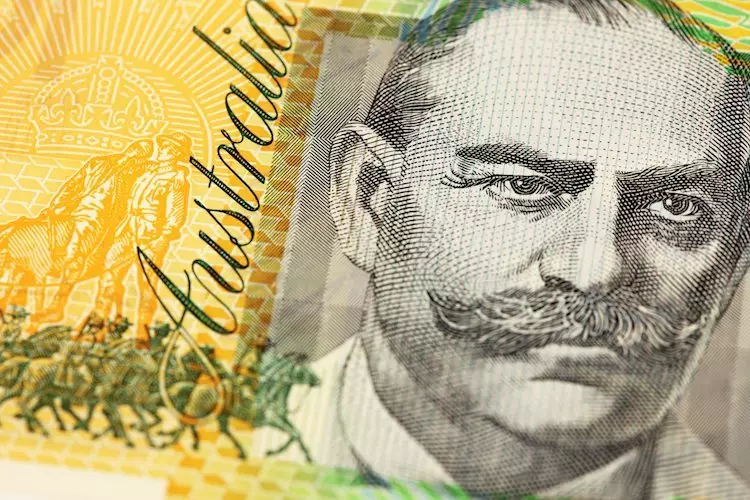The AUD/USD pair saw a 0.40% increase during Friday’s trading session, reaching a level close to 0.6950. This rise can be attributed to the hawkish stance maintained by the Reserve Bank of Australia (RBA), particularly emphasized by Governor Michele Bullock. Despite a mixed forecast for the Australian economy and increasing inflation, the RBA’s consistent hawkish stance has led to market expectations of only a 25-basis-point easing by 2024. This outlook has sparked interest in the Aussie, contributing to its recent gains.
Governor Bullock’s comments on potential inflation risks and the premature nature of considering rate cuts have influenced market sentiment towards the AUD/USD pair. She also highlighted the uncertainty in the economic outlook while clarifying that the RBA does not foresee any immediate rate cuts. With Australia’s policy rate at 4.35%, higher than many other countries, the Australian Dollar has garnered attention from investors.
A weakened US Dollar, driven by mixed sentiment figures and weak housing market data from the United States, has also played a role in supporting the AUD/USD pair. As monetary policies diverge between the two countries, there is potential for further upside movement in the pair.
From a technical perspective, the AUD/USD pair has exhibited significant volatility, with a slight bullish bias evident in price fluctuations. Both the Moving Average Convergence Divergence (MACD) and the Relative Strength Index (RSI) indicators support this upward momentum. Key support levels for the pair are seen at 0.6600-0.6630, with resistance around the 0.6650 region. Breakouts above these levels could hint at further directional intent in the market.
The RBA plays a pivotal role in setting interest rates and managing monetary policy for Australia. With a mandate to maintain price stability, contribute to currency stability, ensure full employment, and promote economic prosperity, the RBA uses interest rate adjustments as its primary tool. Higher interest rates tend to strengthen the Australian Dollar, while quantitative easing and tightening are also utilized by the RBA to influence economic conditions.
Macroeconomic data, including GDP, PMIs, employment figures, and consumer sentiment surveys, impact the value of a currency by reflecting the health of the economy. Investors prefer to allocate capital to stable and growing economies, leading to increased demand for the domestic currency. Strong economic performance may prompt the RBA to raise interest rates, further supporting the Australian Dollar.
In extreme economic situations, the RBA may resort to quantitative easing (QE) to provide liquidity to financial institutions. By purchasing assets such as government bonds, QE aims to stimulate credit flow in the economy but can result in a weaker Aussie Dollar. Conversely, quantitative tightening (QT) is implemented post-QE to manage inflation and restore economic balance. QT involves reducing asset purchases and reinvestment, which can have a bullish impact on the Australian Dollar.
The recent increase in the AUD/USD pair can be attributed to a combination of factors, including the RBA’s hawkish stance, market sentiment, technical analysis, and global economic conditions. The ongoing management of monetary policy by the RBA will continue to influence the value of the Australian Dollar in the foreign exchange market.

